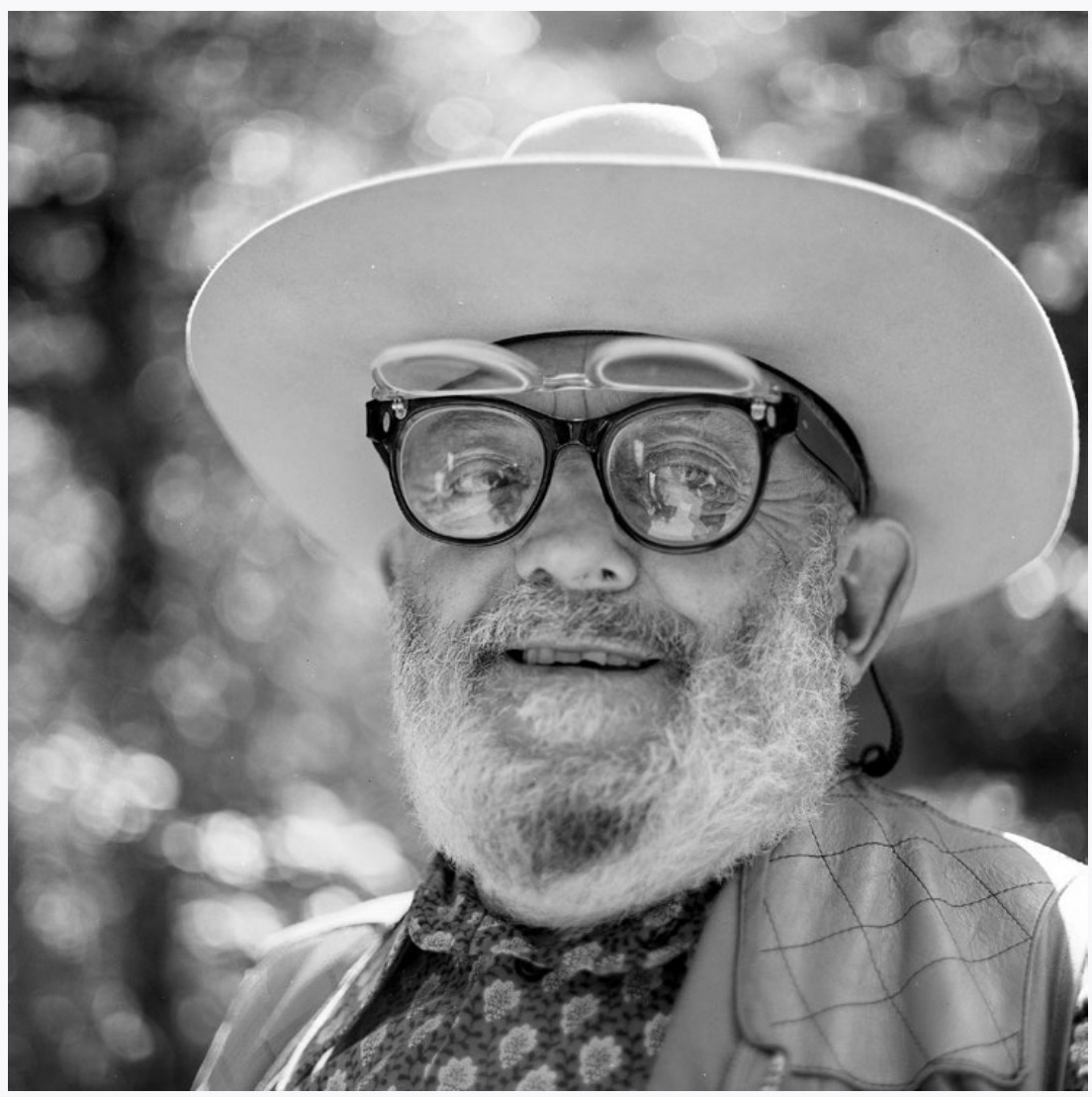10.1: 10PH ROCKS and TREES
- Page ID
- 92244
For a long time I used a large camera that required a tripod. Often people would stop and ask the reason I was surveying. After explaining that the thing on the tripod was a camera, they would ask what I was taking a picture of (as if the location of the front of the camera was not a pretty good clue). They were really just striking up a conversation, but if I was in a snarky mood I would say rocks and trees.
Landscape photography has a long and varied history. Rocks and trees is a shortcut way of saying the environment we live in, whether it is unspoiled nature (is there really such thing now?) or nature combined with the results of human activity. There
is no firm dividing line of what constitutes landscape, so here I stretch the term to mean any photographs not of people. Even architectural photography shares a lot of conventions with traditional landscapes.
Perhaps the most pivotal figure in landscape photography is Ansel Adams. His images are from an environmentalist’s point of view, and they bridge the gap from commercial to creative. His photographs have been equally at home in the Museum on Modern Art or the cover of a magazine. For a long time I rejected his vision as being too sterile, but that is ignoring his contributions. Todd Webb, Wynn Bullock, and George Tice are other photographers who worked in the same vein as Adams. Of course, these photographers photographed many things, but their landscapes are incredible.
|
Ansel Adams (1977). The twist of his nose was a memento of the 1906 San Francisco Earthquake. He took pride in this injury from nature. |
Frederick Sommer’s landscapes can be wonderfully bizarre, and Minor White’s are kind of Zen and abstract. Speaking of abstraction, Ernst Haas, Aaron Siskind, Paul Caponigro, Ray Metzger, and Lennart Olson made great abstract photographs (which is a bit of a contradiction in terms). And although it stretches the concept of landscape too far, in speaking about abstraction one has to mention Ralph Gibson and Barbara Kasten.
In the 1970s photographers began making new kinds of landscape photographs. Often called the New Topographics after an exhibit of that name which included photographs of Lewis Baltz and Robert Adams, these were ‘cold’ photographs which were detached from emotion and starkly shot. Both influencing and influenced by this style are the photographs of Richard Misrach, Thomas Struth, Bob Thall, Joel Meyerowitz, and John Gossage.
Landscapes also took other directions. Linda Connor’s images hark back to 19th Century photographs, John Pfahl’s images are playful, and Mark Klett combines images in expected and unexpected ways, and is also known for rephotographing famous images from the past. Andreas Gursky uses subtle manipulations in his landscapes, while Jerry Uelsmann used obvious manipulations before there was Photoshop.


